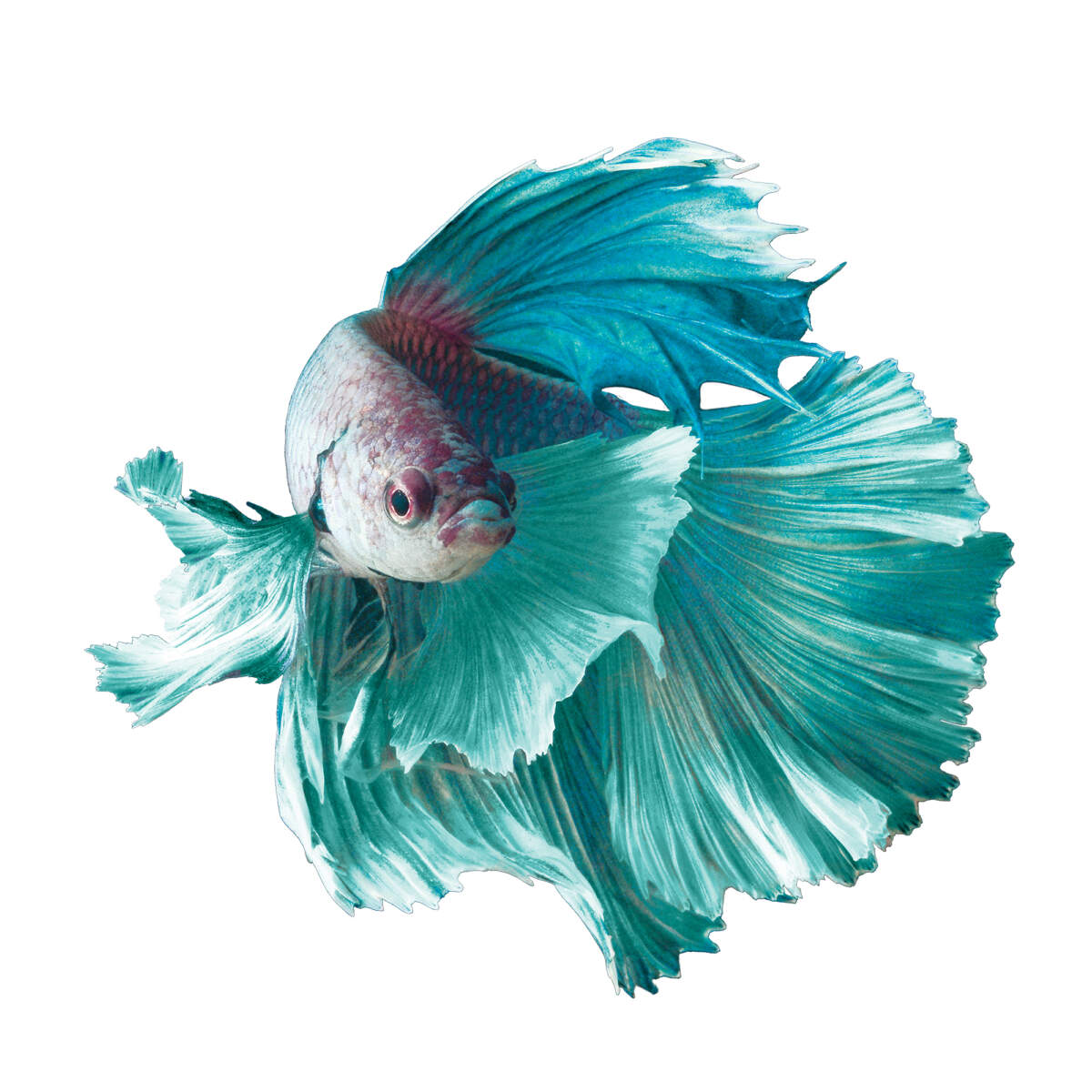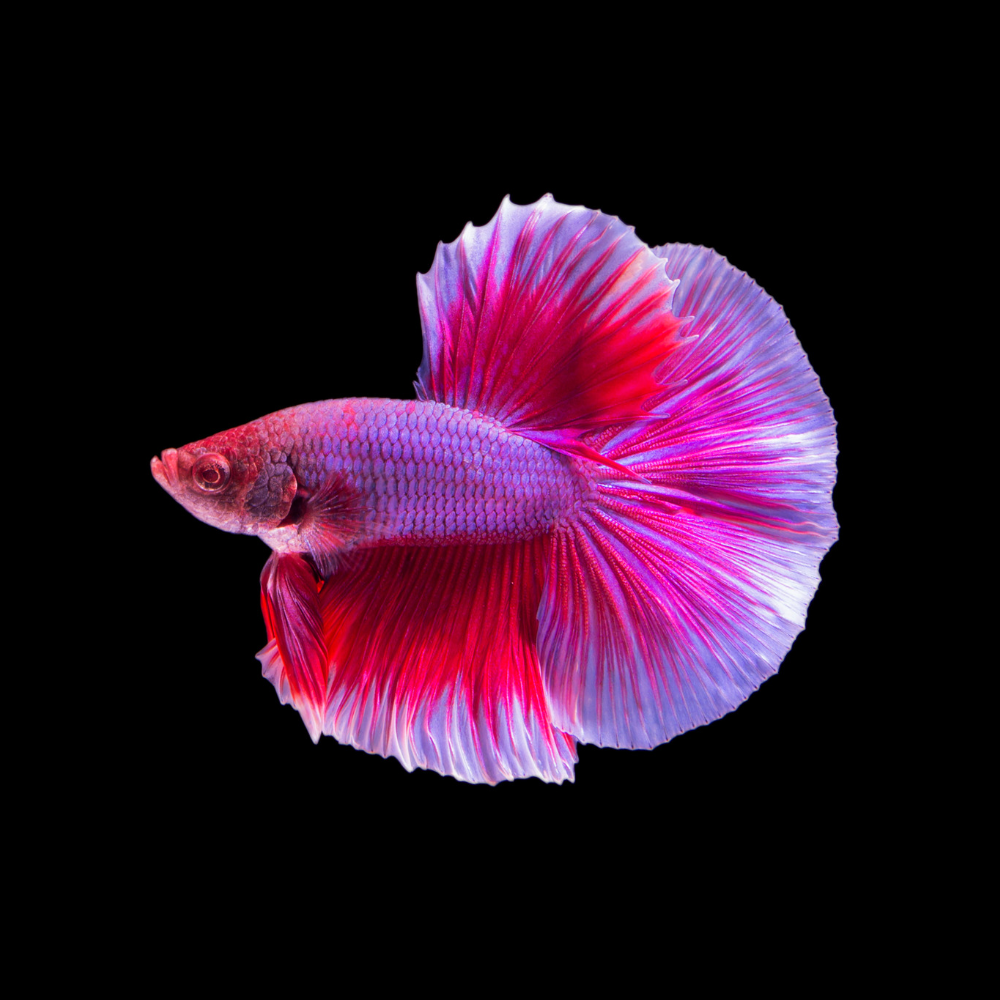Exactly how to Produce the Perfect Betta Fish Habitat in the house
Exactly how to Produce the Perfect Betta Fish Habitat in the house
Blog Article
Breeding Betta Fish: a Comprehensive Step-By-Step Overview to Successfully Raising Infant Bettas From Eggs to Adulthood
Reproducing Betta fish is a precise endeavor that requires careful preparation and implementation to make certain the successful development of fry from eggs to develop fish. As the male Betta diligently constructs a bubble nest and guards the valuable eggs, the succeeding phases of treatment and shift demand attention to detail and knowledge of best techniques.

Picking Reproduction Pairs
When starting the journey of reproducing Betta fish, selecting the right breeding sets is crucial to attaining preferable attributes and a healthy and balanced lineage - betta fish. The initial step in this process is to recognize the certain characteristics you wish to improve or maintain, such as shade, fin kind, and physique. It is vital to choose genetically varied pairs to avoid inbreeding, which can bring about wellness problems and unwanted qualities
Evaluate possible reproducing prospects meticulously. A healthy male Betta needs to show dynamic shades, an active disposition, and well-formed fins, while the lady ought to also present vibrant pigmentation and a rounded belly, suggesting preparedness for spawning. Observing the temperament of both fish is crucial, as hostile or excessively reluctant people may not breed efficiently.
Keeping documents of the moms and dad fish's origins can aid you track hereditary qualities and possible problems. Inevitably, spending time in the option procedure will dramatically boost the probability of generating solid, lively spawn that satisfy your reproduction goals.

Preparing the Breeding Container
Producing an optimal reproduction atmosphere is a key action after choosing ideal pairs for Betta fish. The breeding tank ought to be specifically made to supply convenience and boost the natural reproduction habits of the fish. Start with a storage tank size of at the very least 10 gallons to guarantee appropriate room for both the man and women Bettas.
Preserve a mild filtration system to maintain the water clean while preventing strong currents that can stress the fish. Furthermore, an air rock can be added to give oxygenation without interrupting the water surface area excessive.
Temperature level regulation is essential; purpose for a stable variety of 78-82 ° F(25-28 ° C) making use of a trusted heater. The pH degree ought to be kept between 6.5 and 7.5, and routine water adjustments are necessary to make sure high water top quality.
Incorporate drifting plants or spawning mops to produce hiding spots for the female, while additionally motivating bubble nest building by the man - betta fish. Lastly, guarantee the container is without sharp designs and any kind of possible hazards, as the welfare of the fish must constantly be focused on throughout this vital stage of reproduction.
The Reproduction Refine
Commonly, the reproducing procedure for Betta fish entails a collection of distinctive and visible habits that suggest readiness for recreation. The male Betta starts by constructing a bubble nest he said at the water's surface area, which acts as a website for the fertilized eggs. This nest is important, as it provides a risk-free atmosphere for the eggs till they hatch out.
As soon as the nest is developed, the man advice will certainly display courtship behaviors, such as flaring his fins and exhibiting vivid shades to draw in the woman. The female, upon picking up the man's preparedness, will certainly react by showing vertical red stripes along her body, signaling her receptiveness.
The fertilized eggs after that drop to the bubble nest, where the male very carefully collects and returns them to the nest. Following this, the male thinks obligation for securing the nest and making sure the safety of the eggs up until they hatch, typically within 24-36 hours.
Caring for Betta Fry
Taking care of Betta fry needs mindful focus to their atmosphere and nutrition to make certain healthy and balanced growth and advancement. After hatching out, Betta fry are incredibly tiny and susceptible, demanding a stable and tidy habitat. Preserving a water temperature level between 78 ° F and 80 ° F is vital, as Betta fry thrive in cozy problems. In addition, make certain that the water is devoid of unsafe toxins; routine water modifications of 10-20% are advised to keep optimum water quality.
Feeding Betta fry is similarly vital. They ought to be used infusoria or carefully smashed premium fry food, as their mouths are also tiny to take care of bigger fragments. As they expand, you can progressively present bigger foods, such as infant salt water shrimp or powdered flakes, to guarantee they get adequate nourishment. Feed them small amounts a number of times a day, taking care not to overfeed, which can bring about water high quality issues.
Transitioning to Grownup Bettas
As Betta fry mature, transitioning them to grown-up Bettas is a crucial phase that needs mindful monitoring of their environment and social interactions. This process go commonly starts when the fry reach around six weeks of age, at which point they can be progressively presented to a much more structured living setting.
To promote this shift, it is important to make sure that the water parameters-- such as temperature level, pH, and ammonia levels-- are optimal and stable. Adult Betta fish flourish in warm water (around 78-80 ° F) with a pH of 6.5 to 7.5. Gradually adapt the fry to these problems to reduce stress and anxiety.
Social communications are another crucial factor; male Bettas are infamously territorial and aggressive. Consequently, it is recommended to different males into private containers as they mature. Female Bettas can be housed with each other, but care must be taken to keep track of for signs of aggressiveness.
Additionally, nutritional adjustments ought to be made as the fry expand. Include high-quality pellets and live foods to sustain their development and wellness. By managing these aspects properly, you can promote a successful shift to adulthood for your Betta fish.

Verdict
Effective breeding of Betta fish calls for cautious attention to information throughout the whole process, from picking genetically diverse sets to offering optimal treatment for fry. Additionally, a well balanced diet and steady adaptation to grown-up atmospheres are crucial for the development and development of Betta fish.
Report this page